Digitalization process may slow down, daily warns
Despite a stance that frequency of former Avala TV is necessary for digitalization, a public invitation for its allocation has been published.
Friday, 24.05.2013.
11:46

BELGRADE Despite a stance that frequency of former Avala TV is necessary for digitalization, a public invitation for its allocation has been published. The switch to digital TV has been completed in 21 European counties but the process is lagging behind in Serbia and one of the biggest problems is lack of frequencies necessary for testing of network parameters and digital equipment, daily Danas writes. Digitalization process may slow down, daily warns Broadcasting Technology public company and the Republic Agency for Electronic Communications (Ratel) believe that the frequency of now defunct Avala TV should not be allocated to broadcasters because it is necessary in the digitalization process. However, if the frequency is allocated, the digitalization process will slow down. Therefore, it is disputable whether the digitalization process in Serbia could be finished by June 17, 2015. Equipment, financed by European funds, is not being used due to lack of frequencies. At a recent conference on digitalization, officials agreed that the expansion of the initial network to channels previously used by Avala TV was crucial for progress in the digitalization process. However, the decision has been made to allocate the national frequency to broadcasters. The Republic Broadcasting Agency (RRA) says that the decision was made by the Trade and Telecommunications Ministry but the ministry claims that the Culture and Information Ministry made the decision. Assistant Trade and Telecommunications Minister Nebojsa Vasiljevic told daily Danas that the ministry had informed the Culture Ministry about the necessity to allocate the frequency to broadcasters on April 19, noting that the “RRA is legally obligated to publish a public invitation for allocation of mentioned frequencies under new circumstances”. RRA Deputy President Goran Karadzic told Danas that the RRA had requested that the frequency be allocated in order to improve the offer of TV programs. He added that it had been envisaged earlier that the frequency be used by broadcasters and that he did not see why it would be any different now. Ratel Director Milan Jankovic on the other hand says that the allocation of the frequency had slowed the digitalization process down because “the frequency could have been used to cover 70 percent of Serbia’s territory starting from the end of 2013”. He claims that the digitalization could have been done by the end of the year instead of by the summer of 2015. When asked in which stage the digitalization process was in, State Secretary for Telecommunications Stefan Lazarevic says that the Broadcasting Technology public company should finish all projects by mid-July or in August and that the work was done in according with the plan, adding that he did not expect the process to be delayed. No broadcaster has so far applied for the frequency offered by the RRA but they have two months to submit their applications. Danas
Digitalization process may slow down, daily warns
Broadcasting Technology public company and the Republic Agency for Electronic Communications (Ratel) believe that the frequency of now defunct Avala TV should not be allocated to broadcasters because it is necessary in the digitalization process.However, if the frequency is allocated, the digitalization process will slow down. Therefore, it is disputable whether the digitalization process in Serbia could be finished by June 17, 2015.
Equipment, financed by European funds, is not being used due to lack of frequencies.
At a recent conference on digitalization, officials agreed that the expansion of the initial network to channels previously used by Avala TV was crucial for progress in the digitalization process. However, the decision has been made to allocate the national frequency to broadcasters.
The Republic Broadcasting Agency (RRA) says that the decision was made by the Trade and Telecommunications Ministry but the ministry claims that the Culture and Information Ministry made the decision.
Assistant Trade and Telecommunications Minister Nebojša Vasiljević told daily Danas that the ministry had informed the Culture Ministry about the necessity to allocate the frequency to broadcasters on April 19, noting that the “RRA is legally obligated to publish a public invitation for allocation of mentioned frequencies under new circumstances”.
RRA Deputy President Goran Karadžić told Danas that the RRA had requested that the frequency be allocated in order to improve the offer of TV programs. He added that it had been envisaged earlier that the frequency be used by broadcasters and that he did not see why it would be any different now.
Ratel Director Milan Janković on the other hand says that the allocation of the frequency had slowed the digitalization process down because “the frequency could have been used to cover 70 percent of Serbia’s territory starting from the end of 2013”. He claims that the digitalization could have been done by the end of the year instead of by the summer of 2015.
When asked in which stage the digitalization process was in, State Secretary for Telecommunications Stefan Lazarević says that the Broadcasting Technology public company should finish all projects by mid-July or in August and that the work was done in according with the plan, adding that he did not expect the process to be delayed.
No broadcaster has so far applied for the frequency offered by the RRA but they have two months to submit their applications.




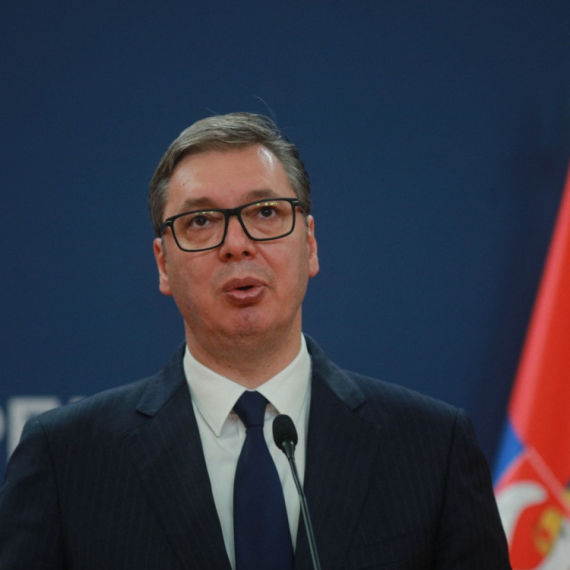

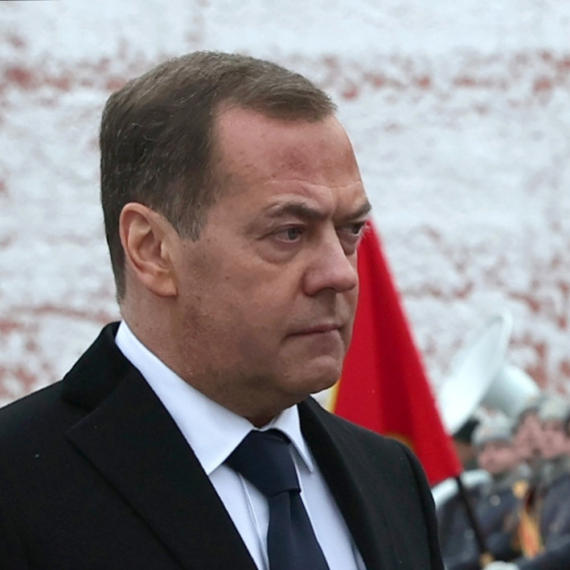



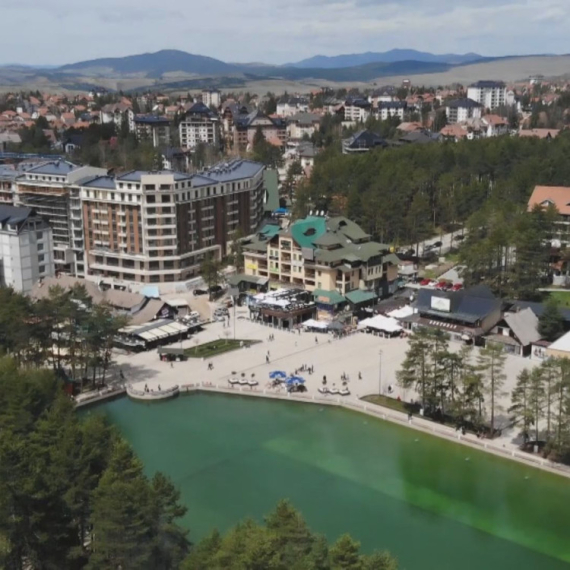


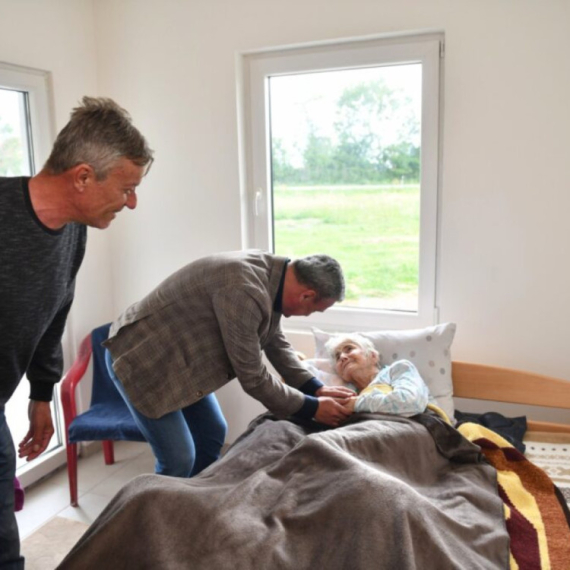
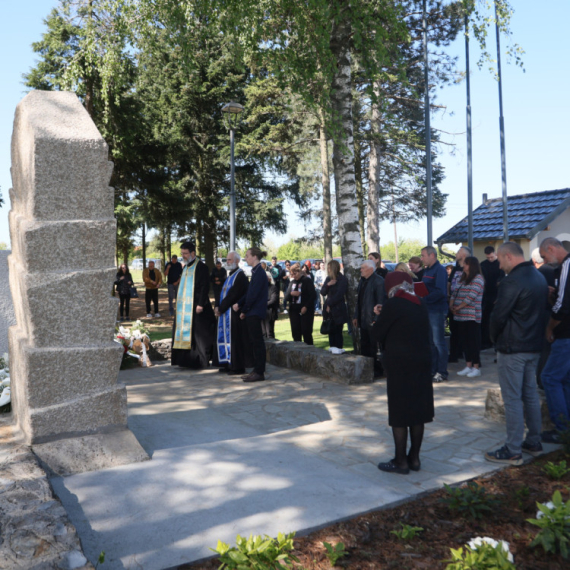
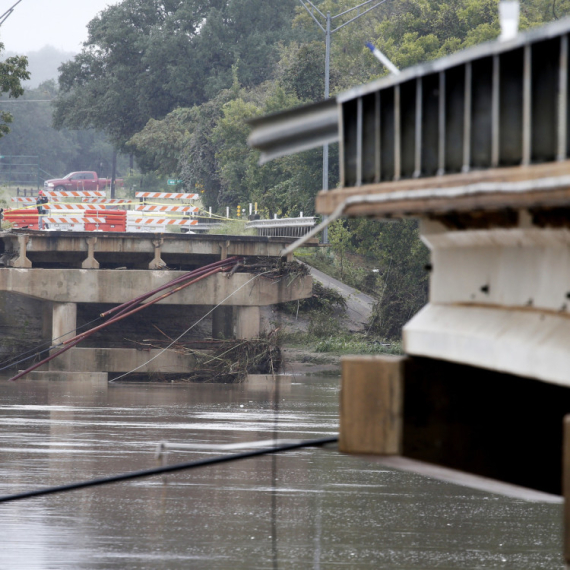

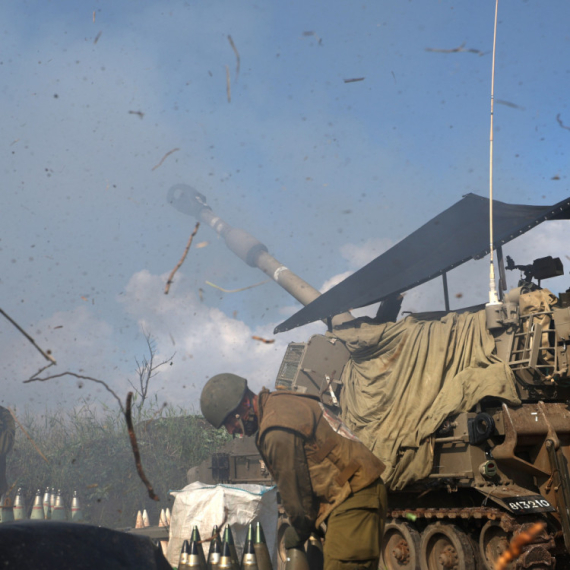



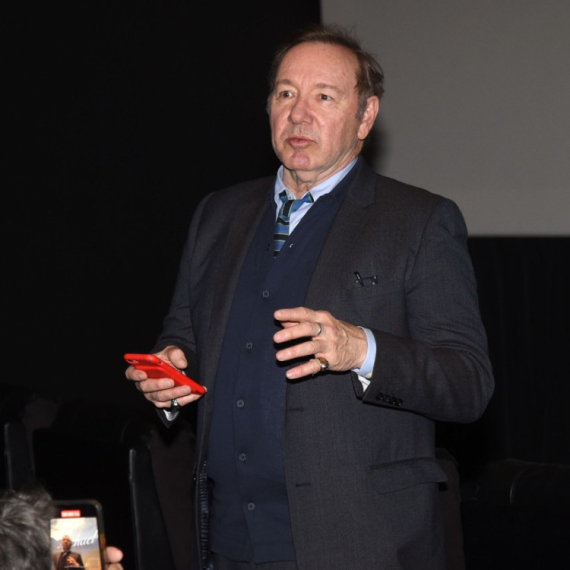











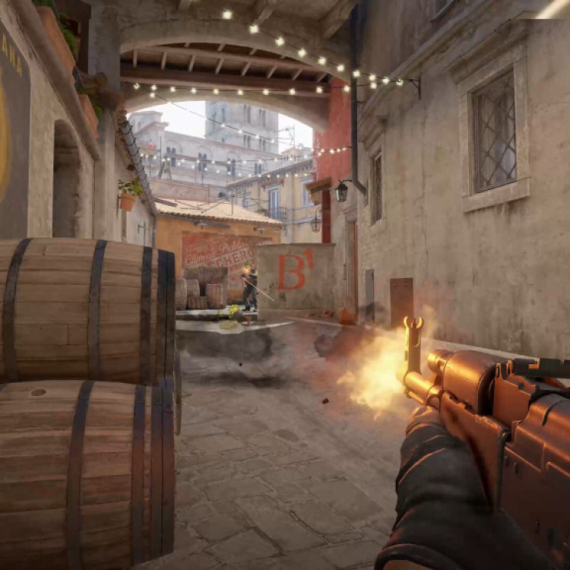
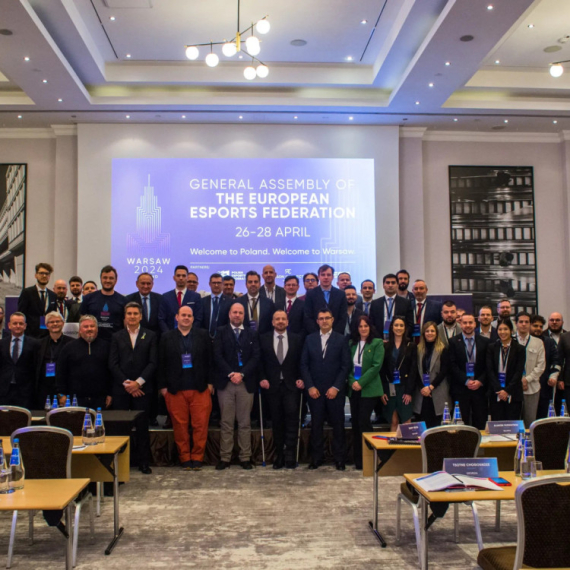
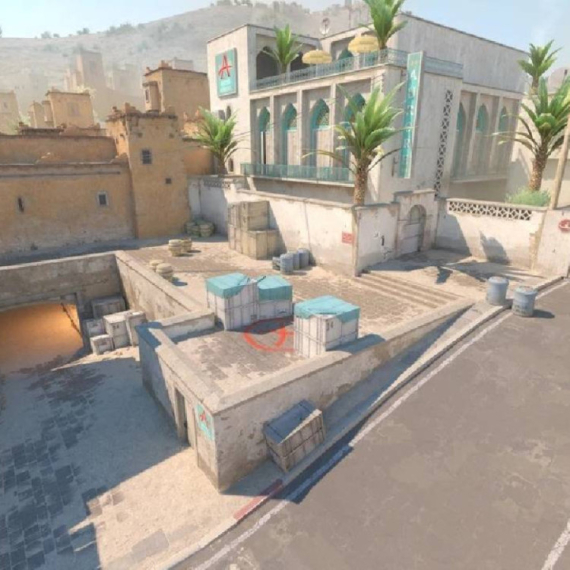



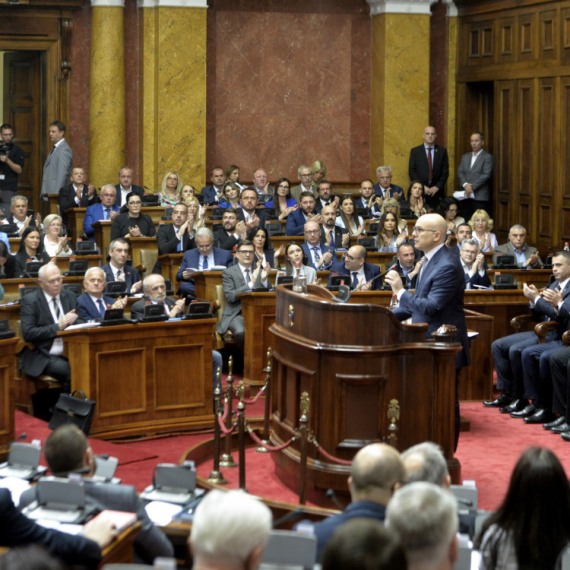
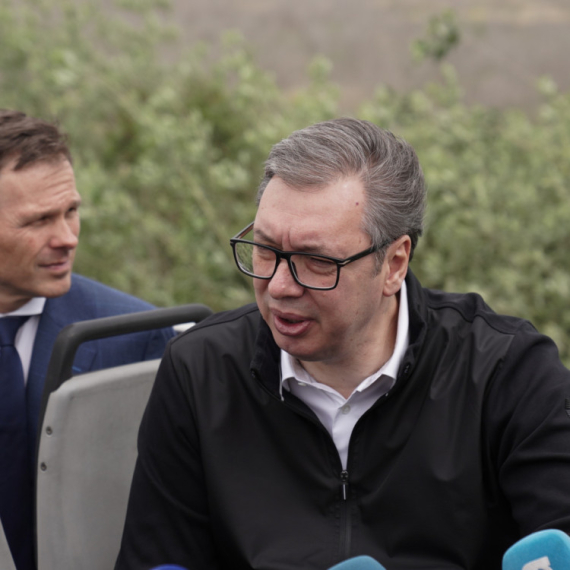

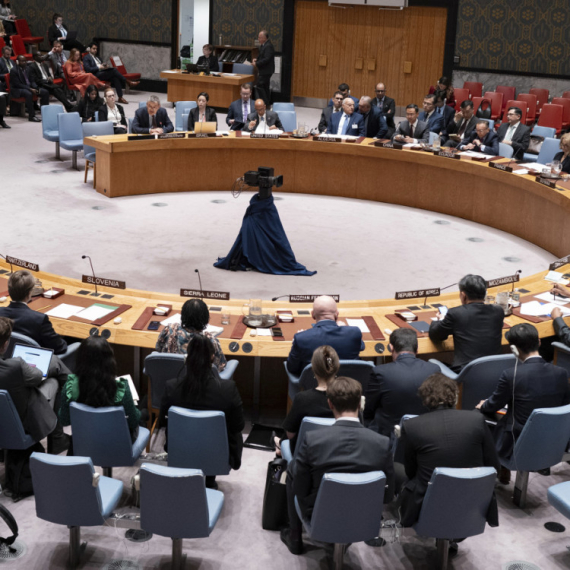



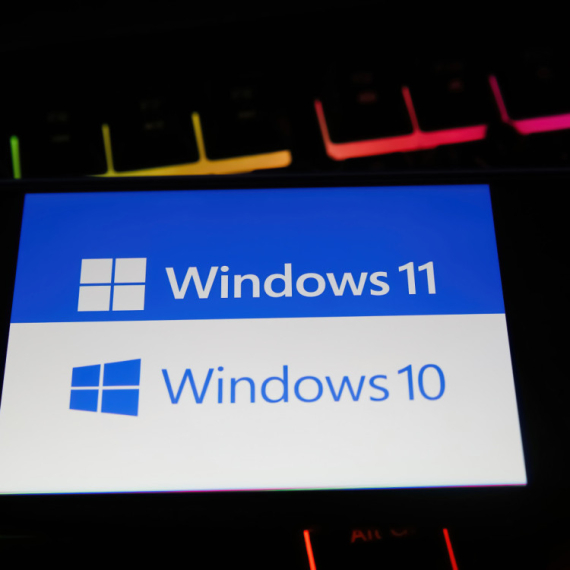









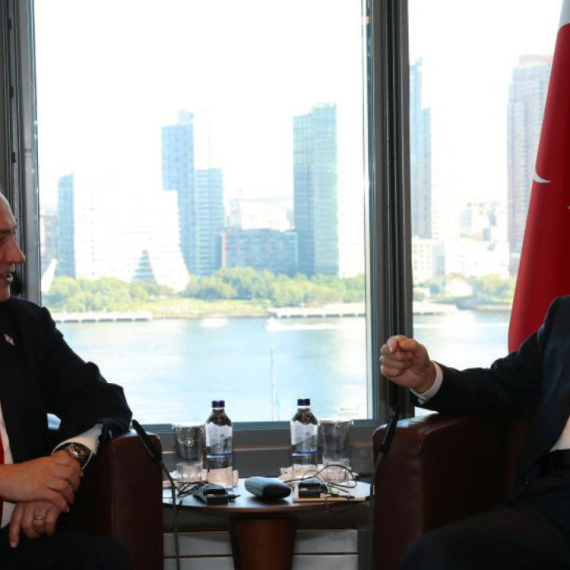
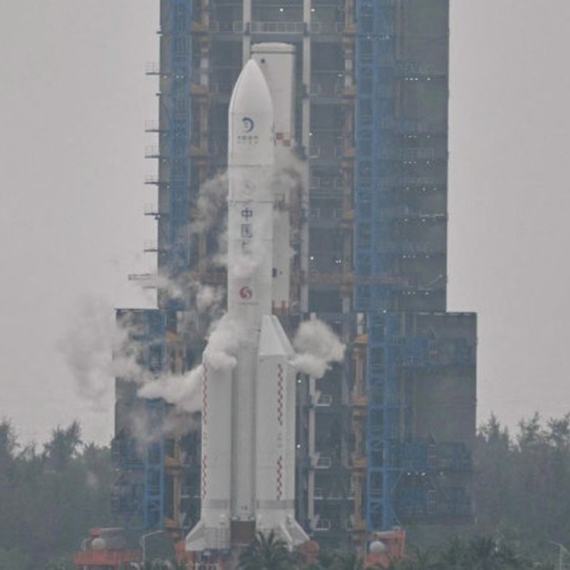

Komentari 1
Pogledaj komentare